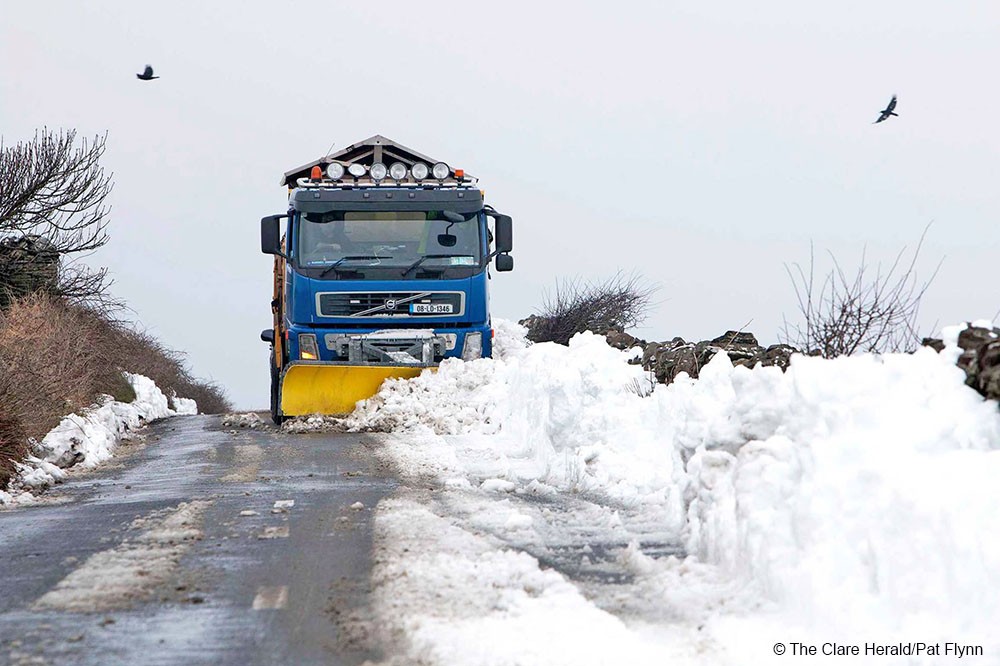
The country is set to experience a cold snap next week which could be similar to that experienced here in March 2018.
Temperatures are expected to plunge next week as a cold snap hits Ireland.
Met Éireann has said it will be very cold from Sunday with temperatures in single digits during the day and sharp or severe frosts and icy patches at night.
The weather service has also warned of potentially hazardous conditions on roads and paths as sleet and snow showers are expected in some areas.
While it’s still not entirely clear how much the country could be affected, it’s expected the weather picture will become clearer early in the week.
Met Éireann’s weather maps who a combination of precipitation and low temperatures on Thursday morning which could lead to snow.

In 2018, the country was brought to a standstill following two simultaneous weather events, Storm Emma, and Anticyclone Hartmut, which was dubbed the ‘Beast from the East’ by the media.
In late February and early March 2018, Ireland was affected by the most significant snowfall events of recent years. Weather from the 27th February to 4th of March saw temperatures plummet with widespread snowfall across the country.
Temperatures struggled to rise above freezing as bitterly cold easterly winds swept in over the country causing widespread disruptions to roads, rail and air travel, with work and school closures.

Emergency services were on high alert across the county with fire crews being based at their stations rather than having to respond to their pagers when a call was received. This meant the firefighters did not have to battle road conditions to get to their own stations while they were also able to respond to emergency calls sooner.
Fire crews and Civil Defence volunteers were deployed to clear church grounds of snow so that locals could get to mass.
Our weather is expected to turn progressively colder from early on Sunday 7th February, with the cold spell now looking likely to last well into next week.
Read more here in https://t.co/ktXtWjbfIg pic.twitter.com/RsXwjT02xw— Met Éireann (@MetEireann) February 4, 2021
